
What is "Boondocking"?
Boondocking is not Dry Camping, but you Dry Camp when you Boondock.
The sort version?
In the simplest of terms: Boondocking has always been about camping, not living! But that does not mean that full-timers can't Boondock. It's more about how and where you camp.
The How: Boondocking has always been about camping off-grid, away from the services and comforts typically found at state and county campgrounds or other designated RV parks. No neighbors, making for a much quieter time while camping. There are no connections for water, electricity, sewer, cable, or in some cases, cell/WiFi services. No bathrooms or showers. No picnic tables or built-in fire rings.
The Where: Deep in the National Forests or BLM public accessible lands such as BLM, Water Districts, and Wilderness Recreational Areas with fascinating scenery of lakes, streams, and an abundance of wildlife.
"Boondocking" Defined
Some would argue that the term "boondocking" is a dedicated RV designated term. Each RVer has a different meaning for the term. For some RVers, it means a free camping site. Others, boondocking translates to overnight parking at a Walmart or truck stop or Camping at designated campgrounds with no hookups or services. But it's not, not even close!
"Boondocking" is camping in the Boondocks!
Boondocking was derived from the term "Boondock." Boondock is an American expression derived from the Tagalog word bundók ("mountain") back in 1899, and it's American heritage referred to it as a remote rural, unsophisticated (maybe even a little redneck) area. But the term "Boondocks" is now often referred to as an out-of-the-way remote area, off-the-beaten-path in the back-country sporting a simpler lifestyle.
Today, Boondocking is closely paired with the term Dispersed Camping. Dispersed camping is typically known in the United States as camping on public land other than designated campsites without any hook-up, amenities, or services. This type of camping is most common in National Forests and Bureau of Land Management land. Unlike designated campsites which offer services such as electricity, water, trash removal, toilet facilities, showers, etc., dispersed camping locations will be sans all those luxuries and be simply a pull-off on a dirt road. Although dispersed camping takes place on public land, each managing agency has specific regulations and possibly a small fee for dispersed camping. Dispersed camping was originally for tent campers white boondocking was for RVers. The line got blurry when "marketing" agencies and rule/regulators needed a way to "shorten" definitions in brochures, rules, and guidelines descriptions.
past versions of boondocking typically referred to as off-grid RVers because RVs can be self-contained with water, propane, electricity, bathrooms, etc. making camping off-grid a little more comfortable. In this way, boondocking is not suggested for newbie RVer. This type of camping is for the more advanced and seasoned camper prepared for more remote and undeveloped areas.
A "boondocker" has a sense of adventure and exploration. They could probably light a campfire by rubbing two sticks together!
Where to Boondock
In the United States, boondocking is generally allowed on federal public lands that are within a 300-feet radius of an established road, except where it is explicitly not allowed. An established road does not necessarily mean asphalt or cemented roadway. It could pertain to a dirt road that is wide enough to accommodate an RV.
The liberty afforded to boondockers as to where they can "disperse" camp does not give them the right to cut down trees and shrubs so as to build an access path to a camp location! It is alright though to utilize previously used campsites and new campsites for that matter as long as accessing the new area will not incur damage or cause destruction to the foliage around the site.
As a general rule, you can boondock at a particular federal public land for 14 straight days. If you need to extend your stay, you would have to move on the 15th day to an area at least 25 miles away from the previous campsite. This rule applies to the majority of USFS and BLM administered lands. However, some areas may allow for longer stays, such as the INYO National Forest of California which permits boondockers a 42-day continuous stay in specific camping locations. There are also areas that are restricted to just 3-day stays, and other areas where you can camp for months on ends for minimal fees.
Take note though, that every US National Park does not permit boondocking or even overnight RV parking. However, most national parks have designated campgrounds for both regular and RV campers. If you are out for boondocking it is best to do some research work on restricted areas for camping.
Also, consider boondocking opportunities in State Parks and state-owned land. You have to get permits and pay nominal fees for boondocking in state lands. There are also private lands such as ranches, farms, and even commercial land like Wineries where you can boondock for a fee.
The thrill of RVing boondocking-style is to find unusual areas to camp.
What Boondocking is NOT!
- Boondocking is not Dry Camping, but you Dry Camp when you Boondock.
- Dry camping is defined as camping without hook-ups; no direct link to water, propane, electricity, bathrooms, etc.
- Camping in a parking lot (Walmart, Cracker Barrel, etc.)
- Camping at a rest stop.
- Camping at most (any) Harvest Host - host. Dry Camping at a winery is not boondocking!
- Simply camping for free (You can Boondocka and still pay a small fee).
The problem:
Many people, campers, RVers, and RV companies have jumped on the term "Boondogking: because of it;'s mysterious appeal. There is even a website dedicated to "boondocking" incorrectly, and their reasoning is "we technically could have named our site, Dry Campers Welcome. But it just doesn't have the same ring to it as Boondockers Welcome, does it? And it's probably easier to explain what boondocking is than to have to explain that our hosts welcome RVers even if they're a little wet on arrival." Really, conformity to the lazy! reminds me of all the lemmings falling off the cliff to their death!
Conclusion
If you see a spot, not on public land that you find that might be a great place to boondock, look for the owner, and always ask. No harm in asking, right?
A bit of advice: Try to choose a campsite that is at least 200 feet from a water source and 200 feet from other boondockers.
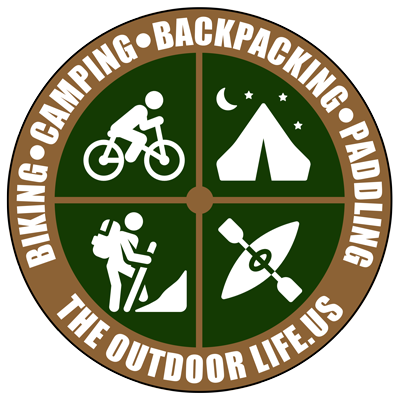
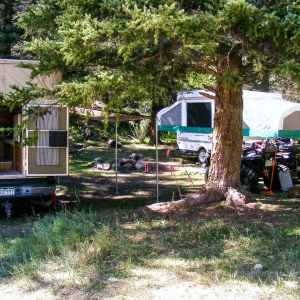

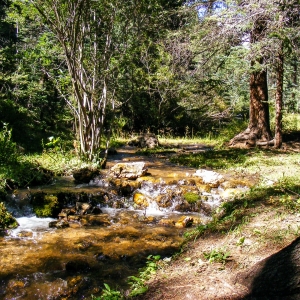

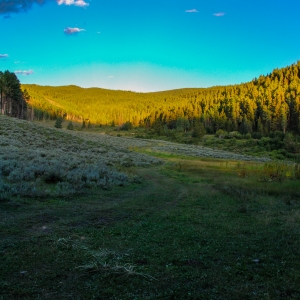
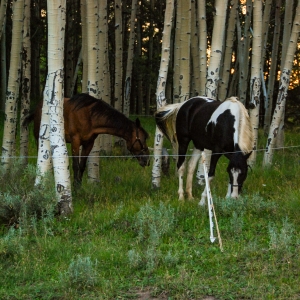

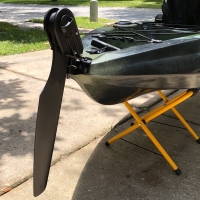
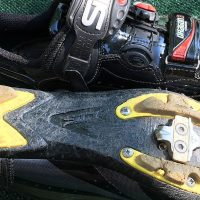


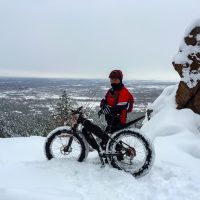

I read that the term came from the dock at the last stop on a small tributary that extended to Boonville, MO, (named for Daniel Boone).